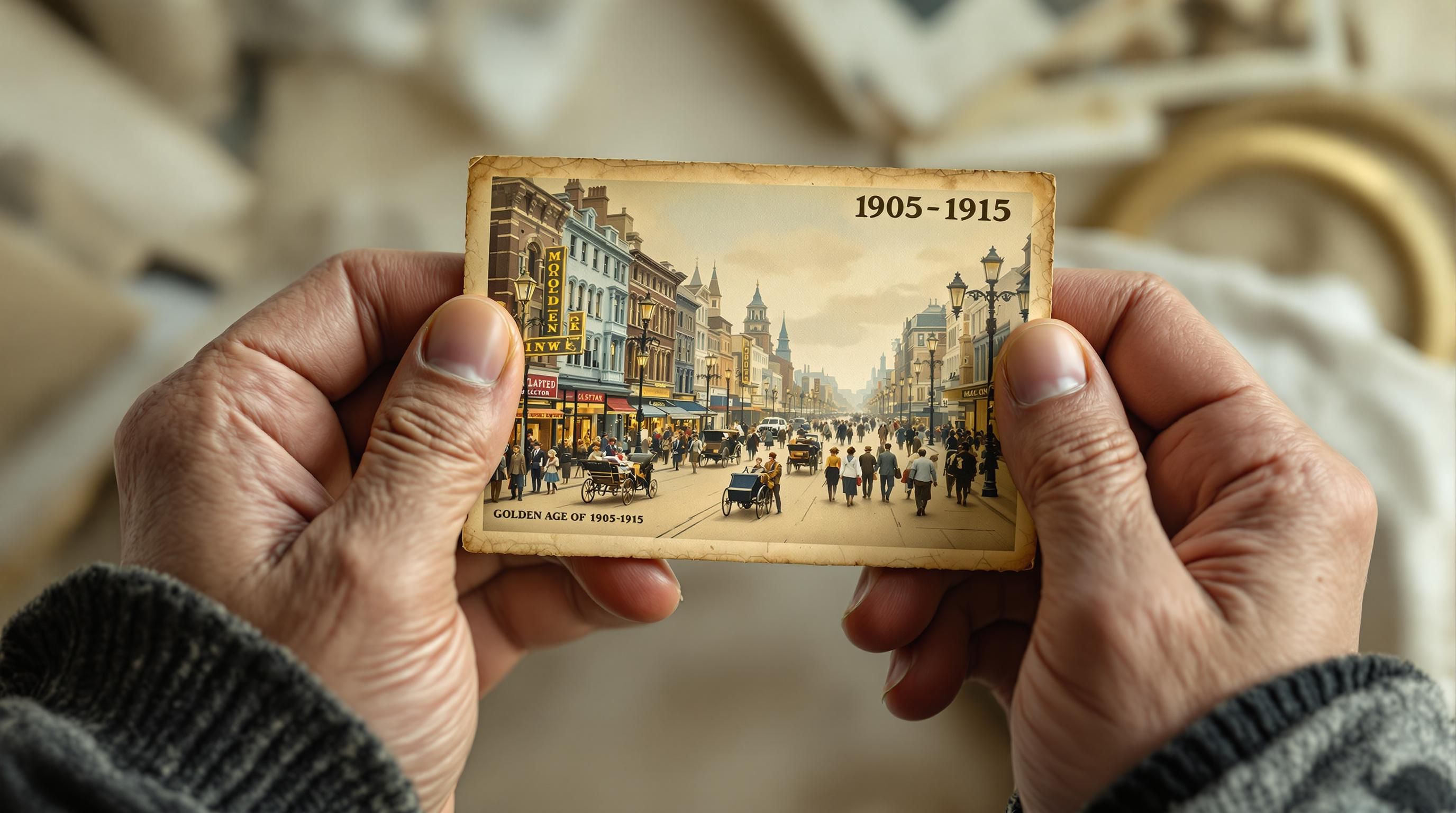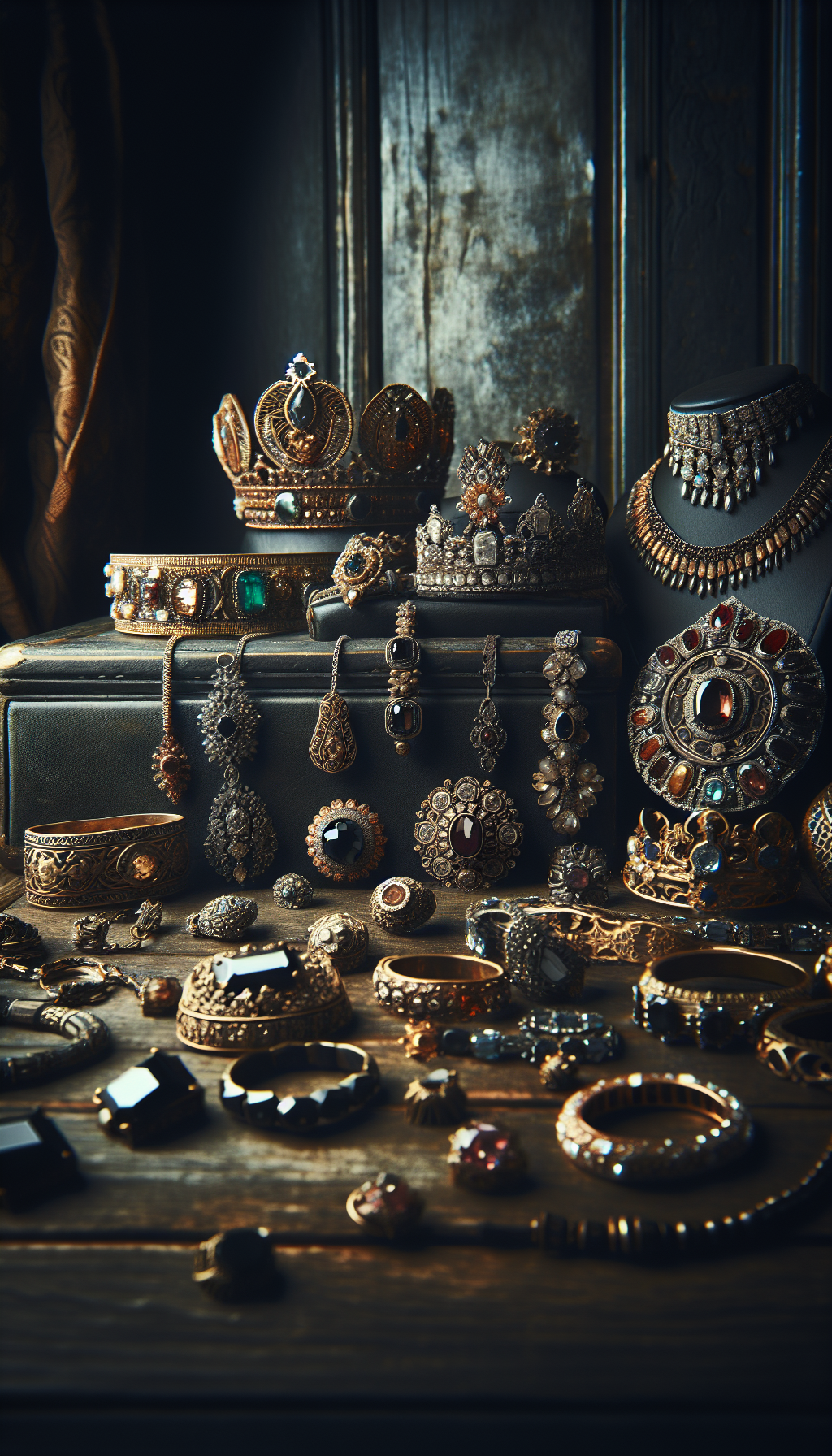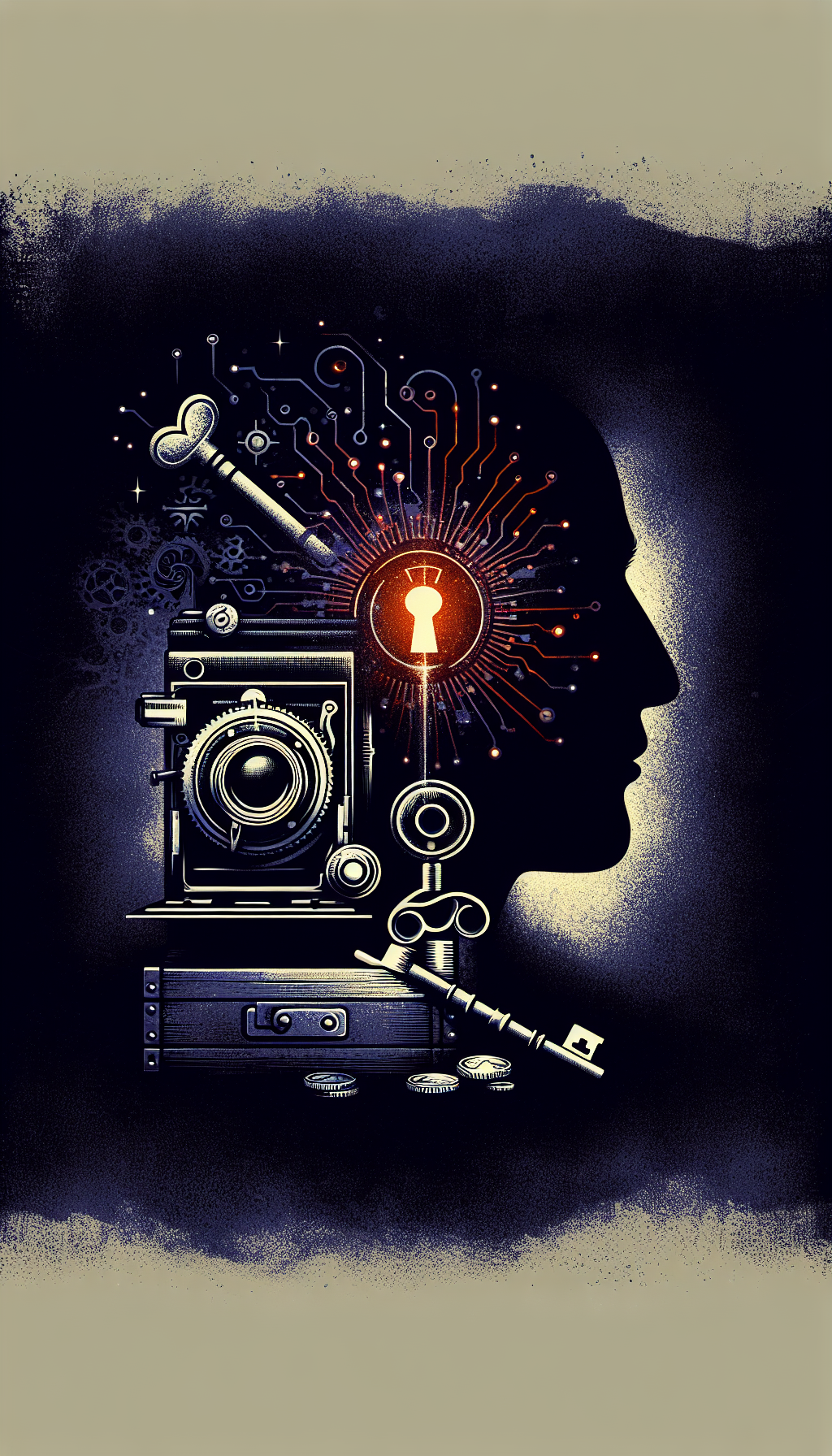Old postcards represent fascinating windows into the past, offering glimpses of historical moments, places, people, and artistic styles of bygone eras. Beyond their historical and sentimental value, many vintage postcards carry significant monetary worth, with some rare examples fetching thousands of dollars at auction.
Whether you’ve inherited a collection, stumbled upon old postcards at an estate sale, or are considering starting a collection, understanding what makes these paper ephemera valuable is essential. This comprehensive guide explores the factors that determine old postcard values and helps you identify if your vintage postcards might be hidden treasures.
Table of Contents
- The Value Range of Old Postcards
- Factors Affecting Postcard Values
- Most Valuable Postcard Categories
- How to Determine Your Postcard’s Age
- Condition Grading for Postcards
- Where to Sell Valuable Postcards
- FAQs About Old Postcard Values
- External Resources
The Value Range of Old Postcards
Old postcards vary dramatically in value, ranging from just a few dollars to thousands for rare specimens. According to postcard experts, the vast majority of vintage postcards sell in the $2-$10 range, but exceptional examples can command premium prices far beyond this range.
Old Postcard Value Statistics

The most valuable period for postcards is what collectors call the “Golden Age of Postcards,” spanning approximately from 1905 to 1915. During this era, postcard collecting was at its peak popularity, with an estimated one billion postcards mailed annually in the United States alone. Cards from this period tend to have the highest collector demand and often command the best prices.
Typical Value Ranges for Old Postcards
General market values based on era and condition
</tbody>
</table>
Factors Affecting Postcard Values
The value of vintage postcards isn’t arbitrary—several key factors determine their market worth:
1. Rarity
As with most collectibles, scarcity drives value. Postcards produced in limited quantities or those that have survived in small numbers command higher prices. For example, postcards depicting small towns or buildings that no longer exist can be particularly valuable to local historians and collectors.
2. Age
Generally, older postcards (particularly those from the 19th century and early 20th century) tend to be more valuable than newer ones. Pre-1900 postcards, often called “pioneer postcards,” can be especially desirable to collectors.
3. Condition
The physical state of a postcard dramatically impacts its value. Mint condition, unused postcards typically command the highest prices. Common condition issues that reduce value include:
Postcard Condition Assessment
Check for these condition issues that may affect value
- Creases, folds, or wrinkles
- Corner damage or rounding
- Stains, discoloration, or yellowing
- Writing or stamps on the image side
- Postmarks obscuring the image
- Paper loss or tears
- Fading of the original colors
4. Subject Matter
The image on the postcard significantly affects its value. Certain subjects consistently command higher prices:
- Holiday postcards (especially Halloween and Christmas)
- Transportation themes (early automobiles, trains, ocean liners)
- Disaster scenes (fires, floods, earthquakes)
- Regional landmarks, especially those that no longer exist
- Advertising and promotional cards
- Cards with distinctive art styles (Art Nouveau, Art Deco)
- Cards by noted illustrators or publishers
5. Historical Significance
Postcards that capture important historical events, notable personalities, or significant cultural moments often carry premium value. For example, postcards depicting the 1906 San Francisco earthquake or early aviators can be quite valuable.
6. Artistic Merit
Postcards featuring work by renowned illustrators or distinctive artistic styles can command higher prices. Publishers like Raphael Tuck & Sons, Louis Prang, and Paul Finkenrath produced cards prized for their artistic quality.
7. Postage and Postal History
Sometimes the stamps and postal markings on used postcards add value, particularly if they represent rare postage or unusual delivery routes. Early international postcards with multiple transit marks can be of special interest to postal history collectors.
Most Valuable Postcard Categories
If you’re looking for the highest-value postcards, focus on these categories:
Halloween Postcards
Vintage Halloween postcards, especially those from the Golden Age (1905-1915), are among the most valuable in the hobby. Cards by artists like Ellen Clapsaddle, Frances Brundage, and those published by companies like Raphael Tuck & Sons or the John Winsch Company can sell for hundreds or even thousands of dollars.
Christmas Postcards
Antique Christmas postcards with Santa Claus imagery, particularly those showing uncommon depictions of Santa, can be highly valuable. Early Santa postcards by artists like Samuel L. Schmucker are especially prized.

Hold-to-Light and Mechanical Postcards
These novelty postcards featured special effects like translucent areas that glowed when held to light or movable parts that created animation effects. Due to their fragile nature, those that have survived in good condition are quite valuable.
Early Artist-Signed Postcards
Postcards featuring the work of renowned artists and illustrators often fetch premium prices. Artists like Alphonse Mucha (Art Nouveau), Samuel L. Schmucker, and Harrison Fisher created particularly desirable designs.
Local History Postcards
Postcards showing small towns, buildings that no longer exist, or rare views of cities before major developments can command high prices from collectors interested in specific geographic areas. These “real photo postcards” (RPPCs) documenting everyday life and local scenes are increasingly valuable as historical artifacts.
Notable Postcard Auction Sales
Recent high-value vintage postcard sales
| Category | Price | Notes |
|---|---|---|
| Common postcards (1920s-1950s) | $2-$8 | Good to excellent condition |
| Golden Age postcards (1905-1915) | $5-$25 | Common scenes, good condition |
| Pre-1900 postcards | $10-$50+ | Depends heavily on subject and condition |
| Rare subject matter (any era) | $25-$500+ | Halloween, Santa, disaster scenes, etc. |
| Extremely rare postcards | $500-$4,000+ | Exceptional historical significance or artistry |
</tbody>
</table>
How to Determine Your Postcard's Age
Accurately determining when a postcard was produced is essential for proper valuation. Here are the key indicators to look for:
American Postcard Era Timeline
- 1861-1898
Pioneer Era
Very early postcards typically printed privately. No images were allowed by postal regulations. Extremely rare and valuable today. - 1898-1901
Private Mailing Card Era
First government-authorized private postcards. Usually marked “Private Mailing Card.” Limited imagery allowed. - 1901-1907
Undivided Back Era
Address had to occupy entire back; messages were written on the front, often around the image. - 1907-1915
Divided Back Era (Golden Age)
New regulations allowed divided backs with space for both address and message. Golden Age of postcard collecting. - 1915-1930
White Border Era
WWI disrupted German printing industry. American printers added white borders to save ink. - 1930-1945
Linen Era
Postcards printed on textured paper with bright, saturated colors. Usually have a “linen-like” texture. - 1945-Present
Modern Chrome Era
Photochrome postcards with glossy finish. Early examples (1945-1970) may have some collector value.
Examining the Back Design
The most reliable way to date postcards is by studying the back design:
- Undivided backs (pre-1907) have the entire back dedicated to the address with no space for a message.
- Divided backs (post-1907) feature a vertical line dividing the address area from a message space.
- Post-1945 cards often indicate “Place Stamp Here” or have a printed box for the stamp.
Postage Requirements
Postcard postage rates changed over time, providing another dating clue:
- 1872-1917: 1¢
- 1917-1919: 2¢ (WWI rate)
- 1919-1925: 1¢
- 1925-1928: 2¢
- 1928-1958: 1¢ for local, 2¢ for out-of-town
- Rates continued to increase in subsequent decades
Paper Quality and Printing Techniques
Different eras used distinctive paper and printing methods:
- Early postcards (pre-1915): Thicker card stock
- Linen era (1930-1945): Textured paper with visible fibers
- Chrome era (post-1945): Glossy photo finish
Copyright Dates and Photographer Credits
Some postcards include copyright information or photographer credits that can help establish their age. Publisher names can also provide valuable dating information when cross-referenced with postcard publisher directories.
Condition Grading for Postcards
Professional postcard dealers and auction houses use a standardized grading system to describe condition. Familiarizing yourself with these terms will help you accurately assess your postcards:
Mint (M)
Perfect condition with no flaws. Corners are sharp, colors are vibrant, and there are no marks, creases, or wear of any kind. The postcard appears as it did when first printed, with no signs of handling or age.
Near Mint (NM)
Very slight wear but still in exceptional condition. May have very minor corner wear visible only upon close inspection. No creases, writing, or significant flaws.
Excellent (E)
Minor wear, such as slight corner rounding or minor edge wear. No creases or tears, but may show minimal signs of handling. Colors remain bright and the image is clear.
Very Good (VG)
Shows some wear including slight corner damage, minor edge wear, and perhaps very light creases. May have minimal writing on the picture side (if used), but the overall appearance remains attractive.
Good (G)
Significant wear including rounded corners, visible creases, possible small tears, writing, or postmarks that affect the image. The postcard remains intact and presentable but has obvious flaws.
Fair (F)
Heavy wear, severe creases, writing that obscures the image, tears, staining, or other significant damage. The postcard is complete but has serious condition issues.
Poor (P)
Extensive damage including major tears, missing pieces, severe staining, or heavy writing that significantly impacts the image. Generally, postcards in poor condition have little monetary value unless extremely rare.
Impact of Used vs. Unused Status
Unused postcards (those never mailed or written on) generally command higher prices than used examples. However, certain postmarks, stamps, or historical messages can actually add value to used postcards, particularly if they have historical significance.
Where to Sell Valuable Postcards
If you’ve discovered valuable postcards in your collection, several options exist for selling them:
Specialized Auctions
Auction houses like Swann Galleries, Heritage Auctions, and Holabird Americana regularly feature vintage postcards in their ephemera sales. These venues can achieve the highest prices for truly exceptional items but typically accept only higher-value postcards.
Dealer Consignment
Established postcard dealers may accept valuable cards on consignment. They typically charge 30-50% of the final sale price but have the expertise to market rare cards to serious collectors.
Direct Sales Platforms
Several online platforms cater to postcard collectors:
Online Selling Platforms for Postcards
eBay
The largest marketplace for postcards with competitive auction and fixed-price formats. Best for common to moderately scarce cards.
Delcampe
European-based platform with strong international collector base, particularly good for European postcards.
HipPostcard
Specialized marketplace focused exclusively on vintage postcards with knowledgeable buyer base.
AbeBooks
Book marketplace with strong ephemera section, particularly good for higher-value postcards and collections.
Postcard Shows and Conventions
Postcard collector shows occur regularly across the country and provide opportunities to sell directly to collectors or dealers. The Postcard Collectors Society of America maintains a calendar of these events.
Local Historical Societies
For postcards with regional significance, local historical societies or museums might be interested in purchasing notable examples for their collections.
FAQs About Old Postcard Values
How do I know if my old postcards are valuable?
The value of vintage postcards depends on several factors:
- Age: Generally, the older the better, with pre-1915 cards typically more valuable
- Condition: Mint or near-mint postcards command significant premiums
- Rarity: Uncommon subjects or limited-production cards have higher value
- Subject matter: Certain themes like Halloween, Santa Claus, disasters, or early transportation are particularly desirable
- Historical significance: Cards documenting important events or featuring famous people can be quite valuable
For precise valuation, consider consulting a professional appraiser who specializes in ephemera or vintage postcards.
What to do with 100-year-old postcards?
You have several options for postcards that are a century old:
- Preserve them properly in archival-quality storage materials to prevent deterioration
- Research their history and significance, which might increase their value
- Display them in UV-protected frames as decorative art
- Sell them to collectors if they have monetary value
- Donate them to historical societies or archives if they have regional significance
- Have them professionally appraised if you suspect high value
Regardless of your choice, avoid exposing very old postcards to sunlight, humidity, or improper handling, which can damage these fragile paper artifacts.
How to appraise vintage postcards?
The appraisal process for vintage postcards involves several steps:
- Determine the age using back design, postmarks, and printing characteristics
- Assess the condition using standard grading terminology (Mint, Excellent, Good, etc.)
- Research the subject matter, artist, and publisher to determine rarity
- Check recent sales of similar postcards through auction records and price guides
- Consider consulting reference books like “The Postcard Price Guide” or specialized catalogs
- For high-value cards, get professional opinions from established postcard dealers
Online resources like eBay’s completed sales can provide price comparisons, though condition differences must be carefully considered.
Where can I sell old postcards near me?
Local options for selling vintage postcards include:
- Antique shops that deal in ephemera and paper collectibles
- Local auction houses that hold regular estate or collectible sales
- Postcard clubs or collector societies in your area
- Paper shows and postcard exhibitions (check local event calendars)
- Used bookstores that also purchase ephemera
- Estate sale companies who may buy entire collections
For the best pricing, call ahead to confirm they purchase postcards and ask if they have specialists who can evaluate your collection.
How much are postcards with stamps worth?
Postcards with stamps can have added value for several reasons:
- If the stamp itself is rare or valuable to philatelists (stamp collectors)
- If the postmark documents a significant date or location
- If the stamp and postmark combination represents interesting postal history
Generally, unused postcards tend to be worth more than used ones, but exceptions exist when the postal markings add historical interest. The stamp’s condition matters—uncancelled or lightly cancelled stamps in good condition add more value than heavily marked or damaged stamps.
For maximum value, both the postcard and the stamp should be in excellent condition.
External Resources
Postcard Valuation Resources
The Ultimate Postcard Grading Guide
Comprehensive guide from Warwick & Warwick auction house on assessing the condition and value of vintage postcards.
Mailseum Guide to Valuing Old Postcards
Detailed article examining the factors that determine postcard values and how to identify hidden treasures.
Warwick & Warwick Postcard Valuations
Professional valuation service from respected auction house specializing in postcards and collectibles.
Oldpostcards.com
Extensive online archive of vintage postcards with reference information and market values.
Valuable Rare Postcards Reference Site
Specialist site focused on the rarest and most valuable categories of vintage postcards with pricing examples.
Reddit Ephemera Community
Active community of collectors who discuss and share information about vintage postcards and other paper collectibles.
Conclusion
Vintage postcards offer a fascinating blend of history, art, and cultural documentation that continues to captivate collectors worldwide. While most old postcards have modest monetary value, certain rare examples can be surprisingly valuable, particularly those from the Golden Age (1905-1915) or those featuring highly collectible subjects like Halloween imagery.
The value of your postcards depends on numerous factors including age, condition, rarity, subject matter, and historical significance. By understanding these factors and consulting appropriate resources, you can determine whether your vintage postcards are common items worth a few dollars or rare treasures worth hundreds or even thousands.
Whether you’re looking to sell a collection or begin one of your own, the world of vintage postcards offers rich rewards for those interested in these miniature windows into the past. With proper knowledge and resources, you can confidently navigate the vintage postcard market and appreciate these historical artifacts for both their cultural and monetary value.
Get a Professional Appraisal
Unsure about your item’s value? Our certified experts provide fast, written appraisals you can trust.
- Expert report with photos and comps
- Fast turnaround
- Fixed, upfront pricing
No obligation. Secure upload.
| Item | Price | Date | Auction House |
|---|---|---|---|
| Titanic Maiden Voyage Postcard | $8,000+ | March 2023 | Heritage Auctions |
| Rare Halloween "International Art" Witch | $4,500 | October 2022 | eBay |
| 1909 Santa with Unusual Blue Robe | $2,800 | December 2023 | Holabird Americana |
| Rare Atlantic City Boardwalk | $1,700 | August 2023 | Swann Auction Galleries |
| 1906 San Francisco Earthquake Series | $3,200 (set) | April 2024 | PBA Galleries |




